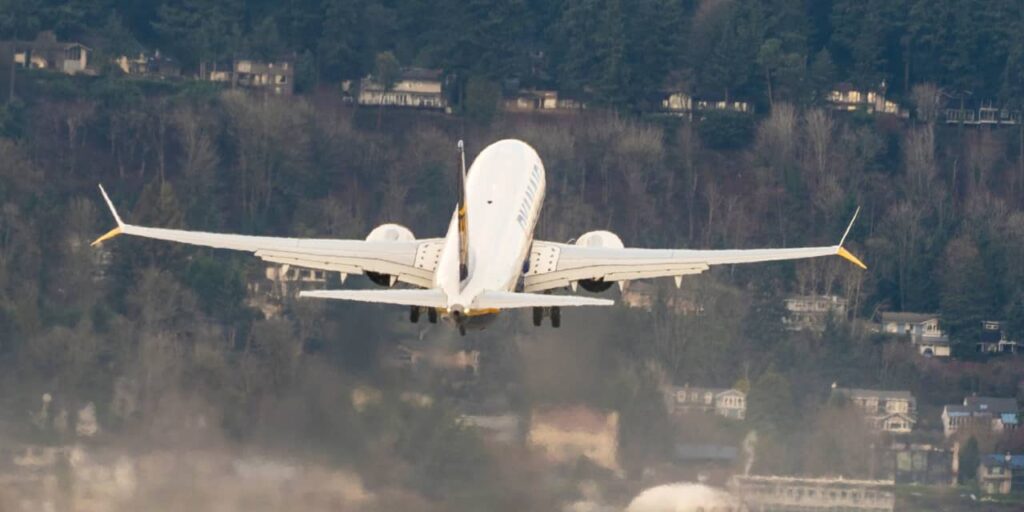Two serious air-travel incidents in less than a week have rekindled some concern about aviation safety, but flying remains one of the least dangerous ways of getting from Point A to Point B.
On Monday,
Boeing
stock plunged in response to news that a panel used to plug an unneeded emergency door on a 747 MAX-9 jet blew out during an Alaska Airlines flight on Friday. On Jan. 2, a
Japan Airlines
jet burst into flames following a collision with a Japanese coast guard plane at Tokyo’s Haneda Airport.
While no passengers or crew members on the passengers jets were seriously injured, five of the six people on the coast guard plane were killed. And the Alaska Airlines accident happened after the Boeing 737 MAX passenger airliner was grounded worldwide from March 2019 to November 2020 following two deadly crashes in a matter of months.
Over the weekend, the Federal Aviation Administration ordered the temporary grounding and immediate inspection of Boeing 737 MAX-9 jets. Some configurations of the MAX 9 jets with fewer seats have an emergency exit plugged with a panel because the exit isn’t needed based on the carrying capacity of the jet. The so-called emergency-exit door plugs have been used on 737 jets since the 1990s, according to Citi analyst Jason Gursky.
Despite all that, statistics show flying by commercial jet is extremely low-risk. According to the National Transportation Safety Board, the number of aviation accidents has been steadily declining over the past two decades, from about 1,800 a year in the early 2000s to roughly 1,200 as of late.
While that seems like a large number, about 85% of the accidents are caused by private, noncommercial aircraft. Agricultural aircraft and commercial private jets such as on-demand air taxis contributed another 10%.
The large-scale commercial air carriers only have 20 to 30 accidents a year on average. Very few of those have led to fatalities. That is a very low accident rate considering the nearly 10 million flights airlines operate every year.
In comparison, more than 40,000 people die in motor vehicle traffic crashes every year, according to the National Highway Traffic Safety Administration.
Investors in aircraft manufacturers like Boeing have even less to worry about. Encounters with turbulence, so-called abnormal runway contact, and ground collisions are the most common reasons for aviation accidents. Over the past two decades, only two dozen accidents involving large commercial planes were caused by failures of aircrafts’ systems and components.
The trends are similar in other parts of the world. In 2022, there were 39 aviation accidents around the globe among the 32.2 million flights by commercial airlines, according to the International Air Transport Association. While five of those accidents led to the loss of life, none occurred in the U.S.
This means that on average, a person would need to take a flight every day for 25,214 years to die in a plane crash, according to IATA. “Flying is among the safest activities in which a person can engage. But even though the risk of flying is exceptionally low, it is not risk-free,” said Willie Walsh, IATA’s director general at the time of the report.
Write to Evie Liu at evie.liu@barrons.com
Read the full article here

